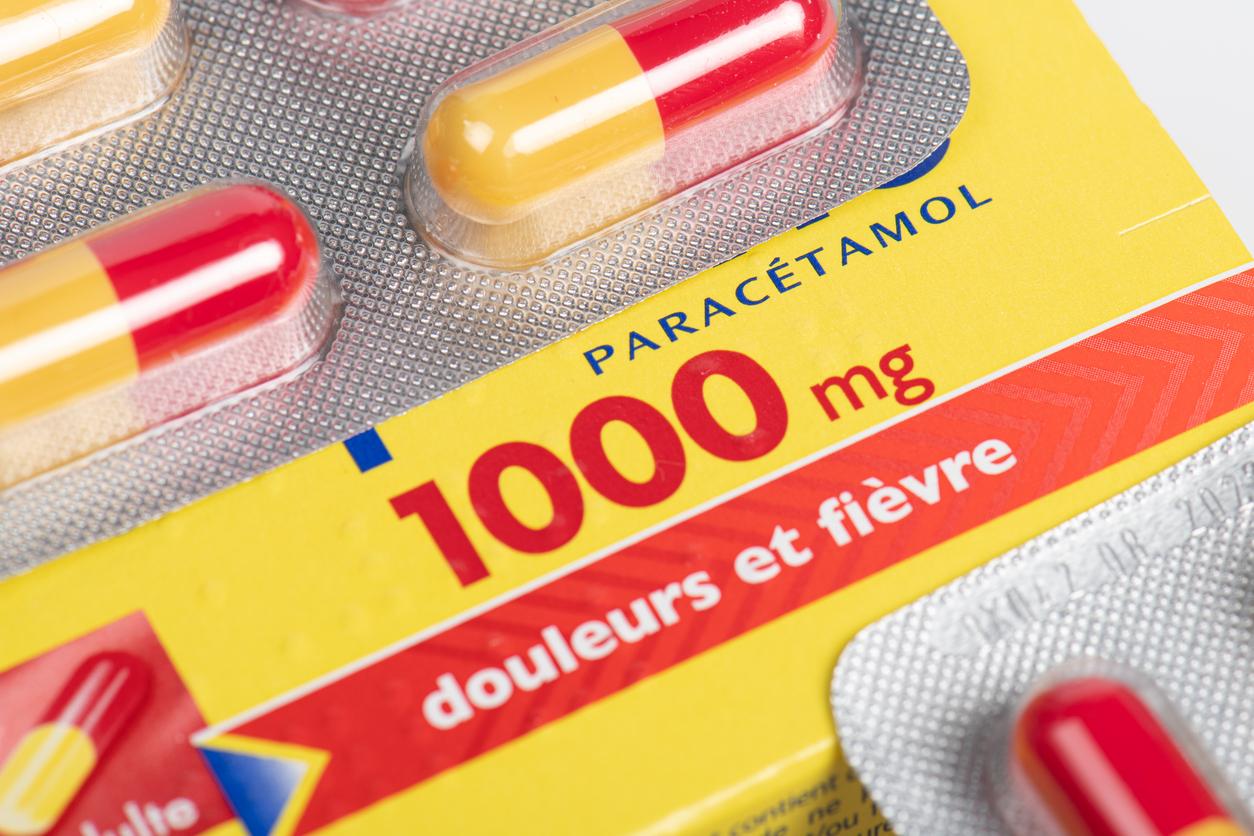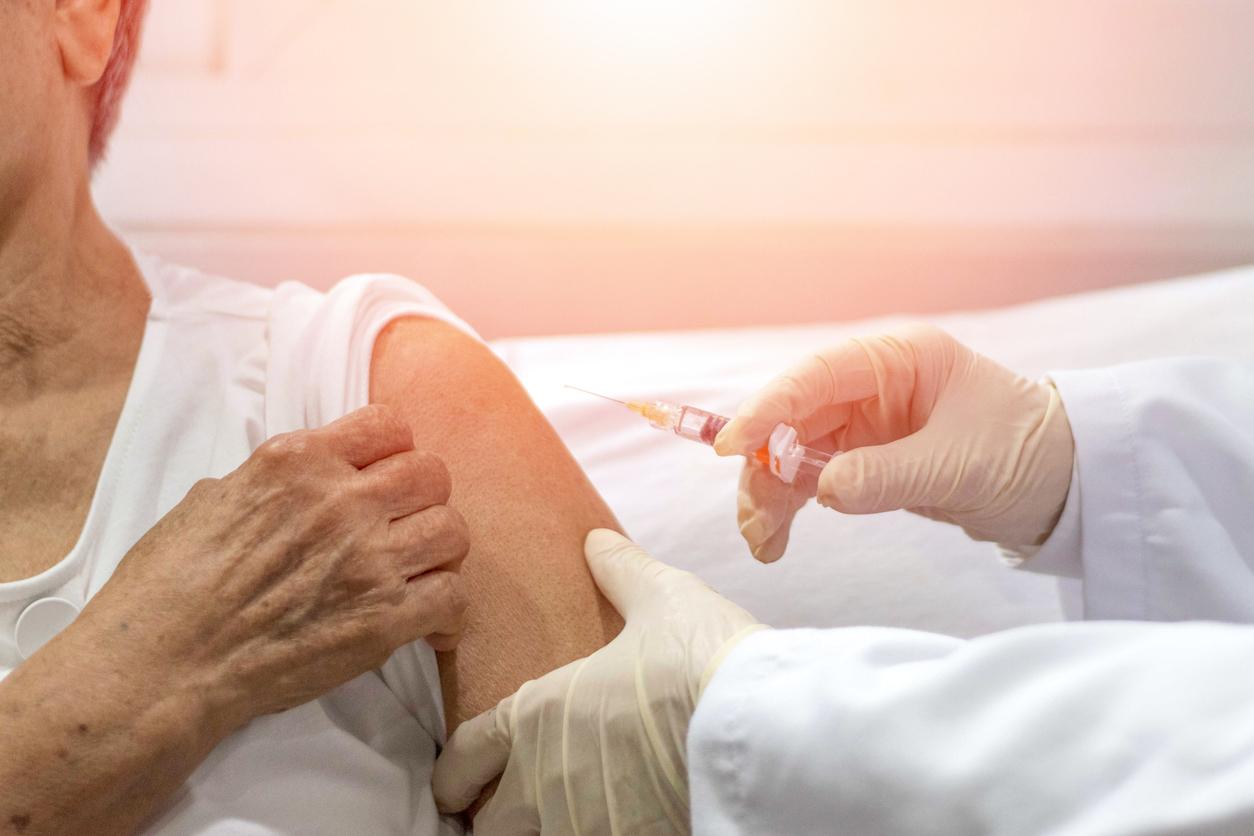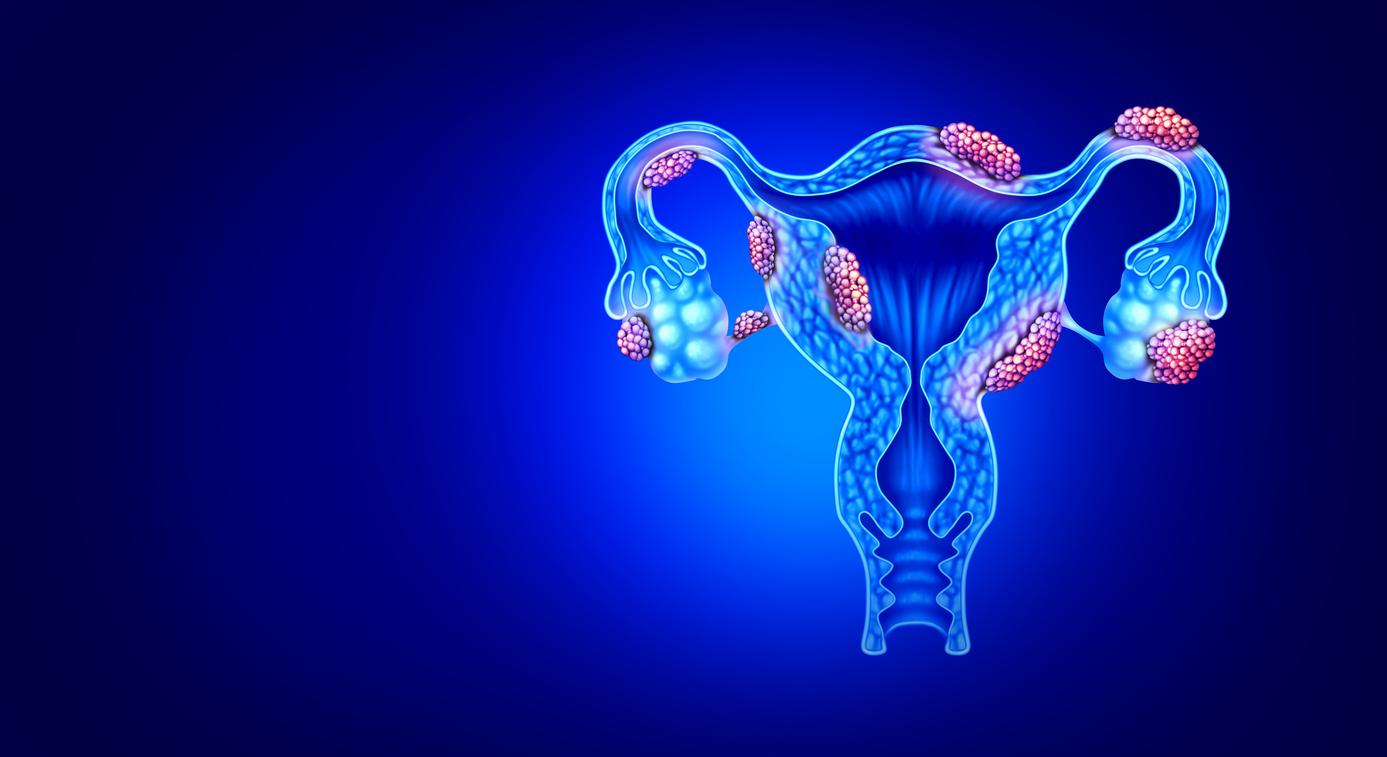
Skin disease due to chickenpox virus
Shingles is a skin condition caused by the chickenpox virus: varicella-zoster. Every year, an infection with this virus occurs in about 3 in 1000 people. It is mainly seen in elderly patients. The rash is often limited to one side of the body and usually clears up on its own.
Itching or (nerve) pain in the face, arms or trunk are the main symptoms of shingles (Herpes Zoster). After a few days, red spots and blisters appear. Sometimes a few, sometimes dozens. Blisters may appear for a week.
Pain
Before anything can be seen, pain often occurs in the area where the shingles break out. You may also suffer from general symptoms such as headache and fever. Lymph nodes near the shingles are sometimes painful and swollen.
The pain and symptoms will subside on their own as the rash disappears. The blisters will first dry out into scabs. The scabs then fall off the skin within three to four weeks.
Shingles often occurs on the face in older patients. The eye can also become inflamed.
chickenpox virus
When someone, usually as a child, first comes into contact with the chickenpox virus, the chickenpox arises. After healing, the virus remains in the nerves of the skin. You don’t notice that. Sometimes the virus becomes active again after years and causes shingles.
What triggers the virus is not entirely certain. It probably has with the resistance to make. This gradually decreases with age. People over the age of 60 are more likely to get shingles. As well as patients with serious illness, or who are taking drugs that suppress immunity.
Therapy
For non-severe shingles, no treatment is needed in healthy people. Leave your skin alone as much as possible. You can take a shower or bath as usual. To protect your clothing or to prevent chafing, you can cover the blisters with wound gauze.
It is important to wash your hands well with soap after handling the blisters. The blisters are contagious until they have dried up. Someone who has not yet had chickenpox can get the chickenpox from it. You cannot directly infect someone else with shingles.
If necessary, you can apply a drying ointment to the blisters or use a product to soothe the itching. You can use analgesics for the pain.
Medicines
For shingles on the face and in people with a weakened immune system, the condition is treated with an antiviral medicine. In some cases, patients are admitted to hospital. In the case of an eye infection, the help of an ophthalmologist is often called in.
And then?
The shingles usually go away on their own after one to two weeks. After that, the skin will remain blotchy for a few weeks. In general, you will not be left with scars from shingles. Unless you scratched it. Even with a severe and prolonged course of shingles, it is possible that scars remain.
Occasionally, long-term complaints persist. The spot remains blotchy and numb or you keep itching and sometimes severe pain. With facial shingles, paralysis of the muscles of the eye or face is known. If the ear also participates, there may also be hearing loss or dizziness.
These residual complaints mainly occur in the elderly and the latter are very rare. It’s rare for someone to get shingles a second time.
Sources):















